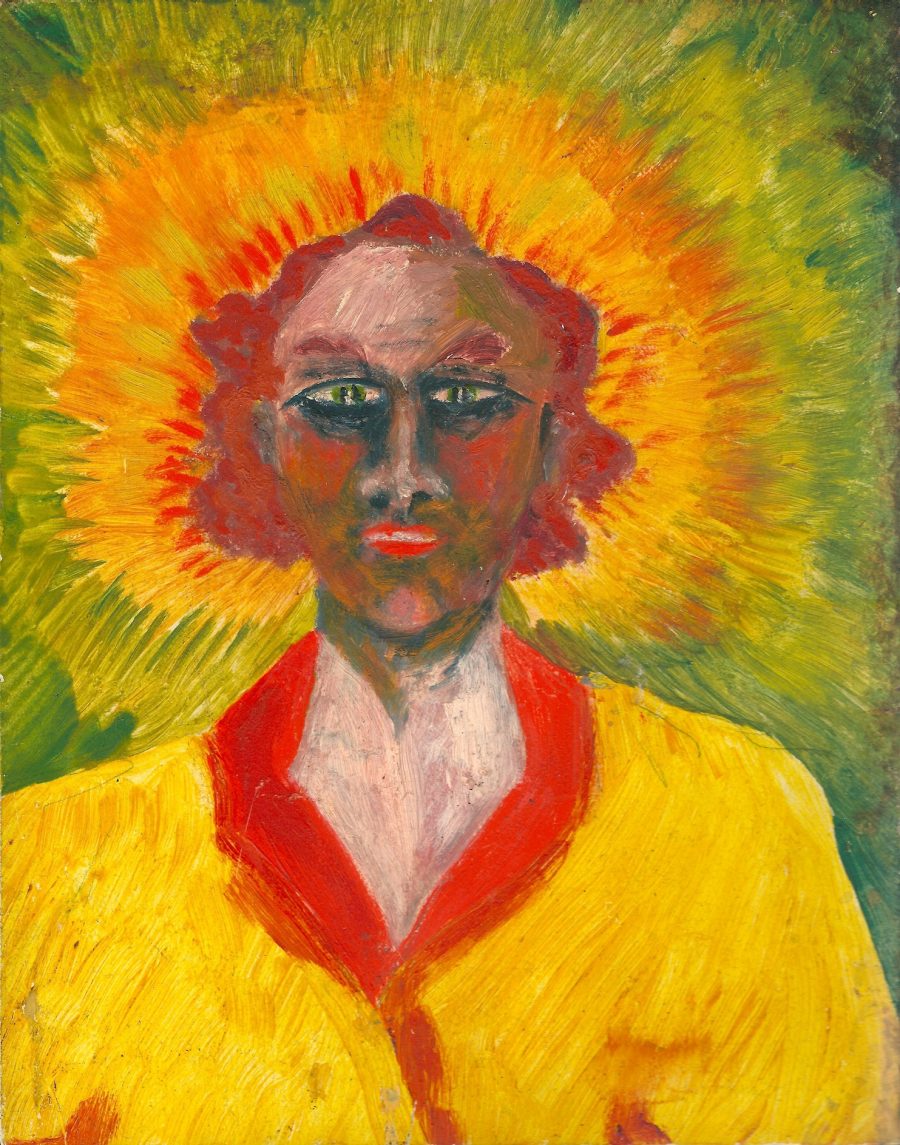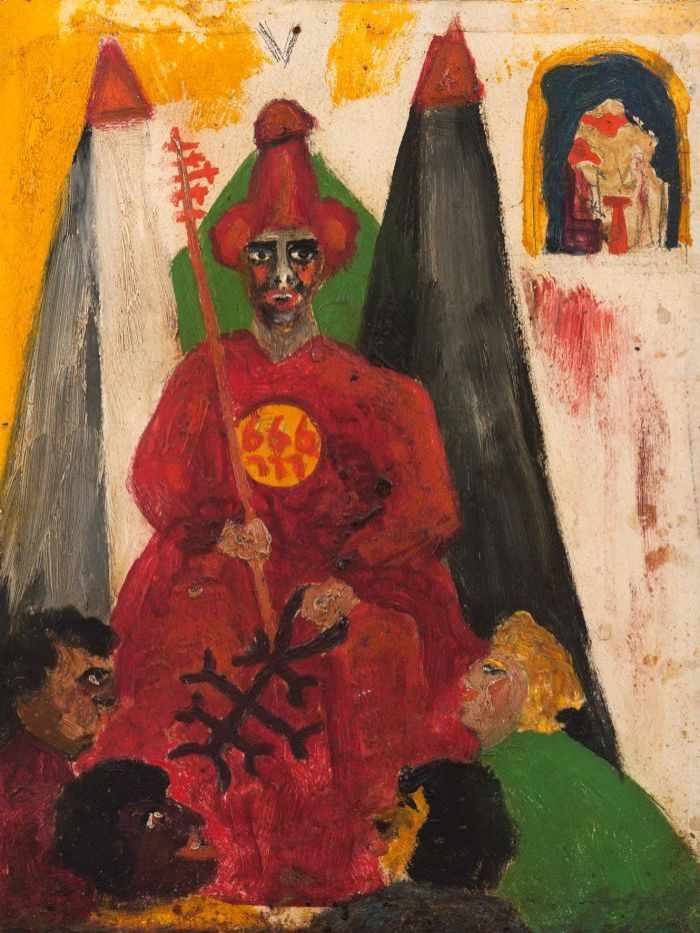In 2009, guitarist Randy Bachman of the Guess Who and Bachman-Turner Overdrive had the rare opportunity to hear the individual tracks that make up that mythic opening chord in the Beatles’ “A Hard Day’s Night,” an enigma that has baffled musicians for decades. Bachman found that it’s actually made up of a combination of different chords played all at once by George, John, and Paul. The discovery made for a great story, and Bachman told it the following year on his CBC radio show. Unbeknownst to him, it seems, another Canadian Beatles lover, Dalhousie University math professor Jason Brown, claimed he had cracked the code the previous year, without setting foot in Abbey Road.
Instead, Brown used what is called a Fourier Analysis, based on work done in the 1820s by French scientist Joseph Fourier, which reduces sounds into their “constituent sine or cosine waves.” The problem with Bachman’s explanation, as Eliot Van Buskirk notes at Wired, is that the chord “contains a note that would be impossible for the Beatles’ two guitarists and bassist to play in one take.” Since there was no overdubbing involved, something else must have been happening. Through his mathematical analysis, Brown determined that something else to have been five notes played on the piano, apparently by George Martin, “who is known to have doubled on piano George Harrison’s solo on the track.”
After ten years of work, Brown has returned with the solution to another longtime Beatles mystery, this time with a little help from his colleagues, Harvard mathematicians Mark Glickman and Ryan Song. The problem: who wrote the melody for “In My Life,” Rubber Soul’s nostalgic ballad? The song is credited to the crack team of Lennon-McCartney, but while the two agreed that Lennon penned the lyrics, both separately claimed in interviews to have written the music. Brown and his collaborators used statistical methods to determine that it was, in fact, Lennon who wrote the whole song.
They present their research in a paper titled “Assessing Authorship of Beatles Songs from Musical Content: Bayesian Classification Modeling from Bags-Of-Words Representations.” In the NPR Weekend Edition interview above, you can hear Stanford mathematician Keith Devlin break down the terms of their project, including that odd phrase “bags-of-words representations,” which “actually goes back to the 1950s,” he says. “Bags-of-words”—like the word clouds we now see on websites—take text, “ignore the grammar” and word order and produce a collection of words. The method was used to generate the first spam filters. Rather than use words, however, the mathematicians decontextualized snippets of sound.
In an analysis of “about 70 songs from Lennon and McCartney… they found there were 149 very distinct transitions between notes and chords.” These are unique to one or the other songwriters. “When you do the math,” Devlin says, it turns out “the probability that McCartney wrote it was .o18—that’s essentially zero.” Why might Paul have misremembered this—even saying specifically in a 1984 Playboy interview that he recalled “going off for half an hour and sitting with a Mellotron… writing the tune”? Who knows. Mashable has reached out to McCartney’s publicist for comment. But in the final analysis, says Devlin, “I would go with mathematics” over faulty human memory.
Related Content:
Guitarist Randy Bachman Demystifies the Opening Chord of The Beatles’ “A Hard Day’s Night”
Artificial Intelligence Program Tries to Write a Beatles Song: Listen to “Daddy’s Car”
The Beatles “While My Guitar Gently Weeps” Gets a Dreamy New Music Video from Cirque du Soleil
Josh Jones is a writer and musician based in Durham, NC. Follow him at @jdmagness




